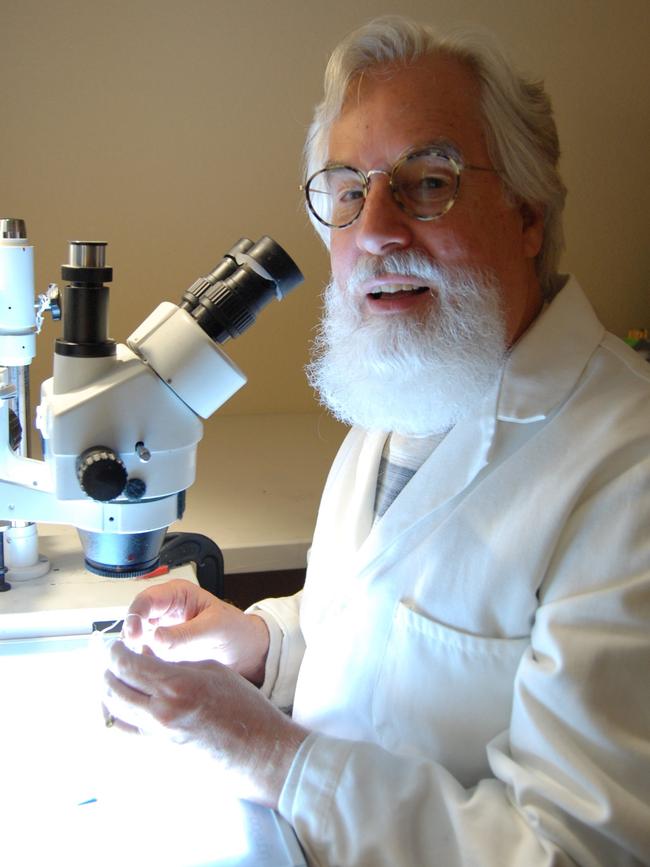How AC/DC singer Brian Johnson avoided permanent hearing loss
It seemed a sad twist of fate: if Brian Johnson didn’t quit, the same rock ‘n’ roll music to which he’d devoted his life would permanently destroy his hearing.

When singer Brian Johnson first joined AC/DC to record its mega-selling 1980 release Back in Black, the title of its closing track was a defiant statement that also summarised the group’s ethos: Rock ’n’ Roll Ain’t Noise Pollution.
Yet partway through the band’s world tour in 2016, Johnson was forced to stop performing immediately lest he go deaf.
It seemed a sad twist of fate: if he didn’t quit, the rock ’n’ roll music to which he’d devoted his life would destroy his hearing.
“I think the hard part for him at that time was that, from what he’d been told by doctors, ‘If you don’t stop, you’re going to be going into the deaf world’,” guitarist and songwriter Angus Young told The Weekend Australian.
For the rest of that tour, Johnson was replaced by Guns N’ Roses singer Axl Rose; the last AC/DC performance took place in September 2016.
Unwilling to throw in the towel entirely, the British-born singer responded to a YouTube video uploaded by an American audio scientist, Stephen Ambrose, who in the 1970s invented wireless in-ear monitors that allowed musicians to hear each other clearly amid the onstage din.
“Brian, I really can’t imagine anyone but you singing Back in Black, or any other part of the show for that matter,” Ambrose said in his video.
Soon, Johnson invited the inventor to his home in Florida to trial a device named the Ambrose Diaphonic Ear Lens, or ADEL.

Speaking exclusively with The Weekend Australian, Ambrose recalled that first meeting. “I told Brian: You’ll know in three minutes whether or not this can help you — and if not, I’m out of your hair,” he said. “Sure enough, it was very obvious immediately that it would work.
“Then it was: OK, let’s try and make it into something that you can not only use on stage, but you can use as a hearing aid in life.”
After nearly three years of monthly visits to Florida to finetune and miniaturise the device, Ambrose and his small team at Asius Technologies finalised a device that allowed Johnson to return to the band.
His vocals on AC/DC’s 17th album, Power Up — due for release on November 13 — are as powerful as ever, and the band intends to return to the stage as soon as possible post-pandemic.
“It’s really a labour of love, to be honest with you,” said Ambrose of helping to restore Johnson’s hearing. “We’re so lucky to be able to do this; it doesn’t seem like work.”





To join the conversation, please log in. Don't have an account? Register
Join the conversation, you are commenting as Logout